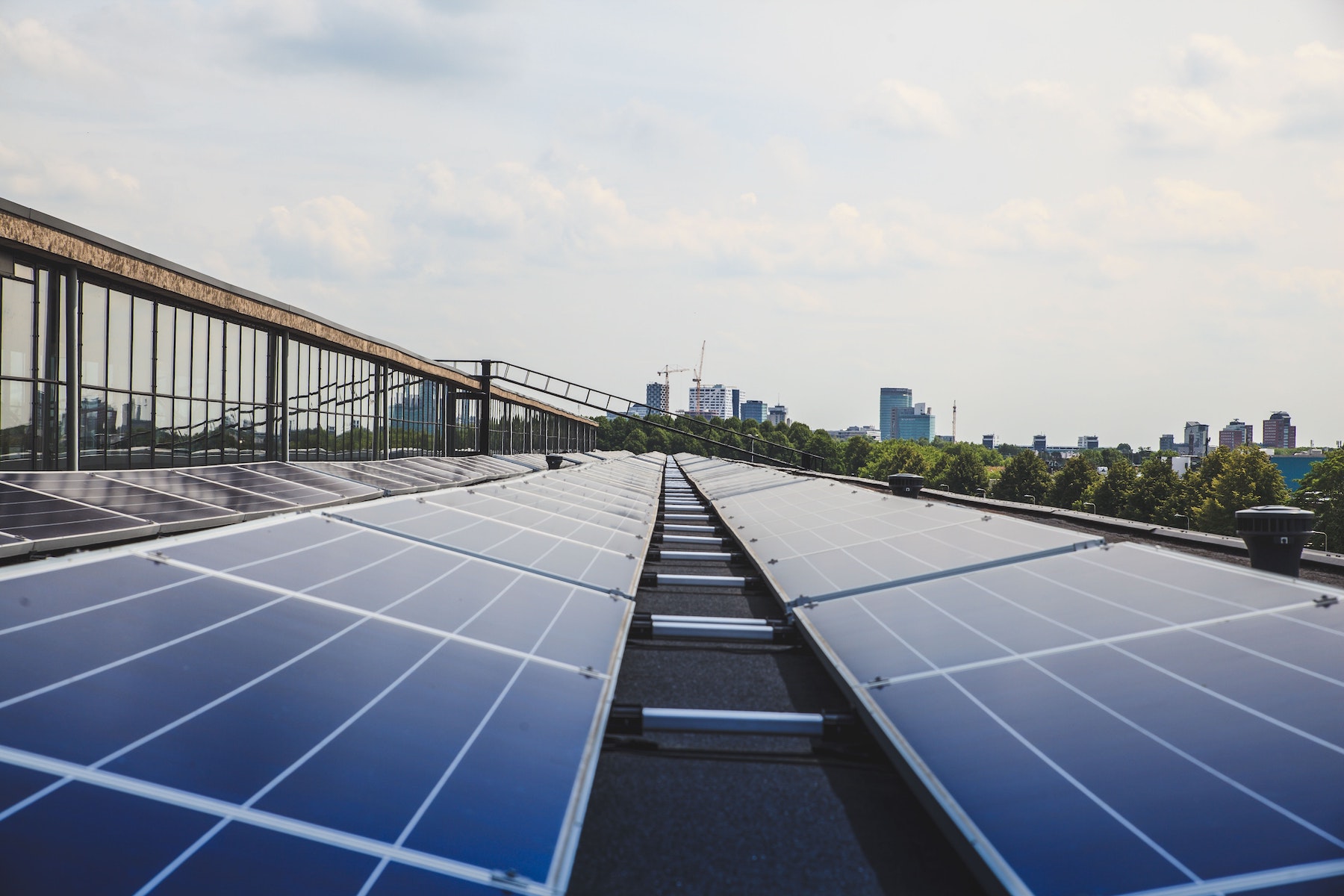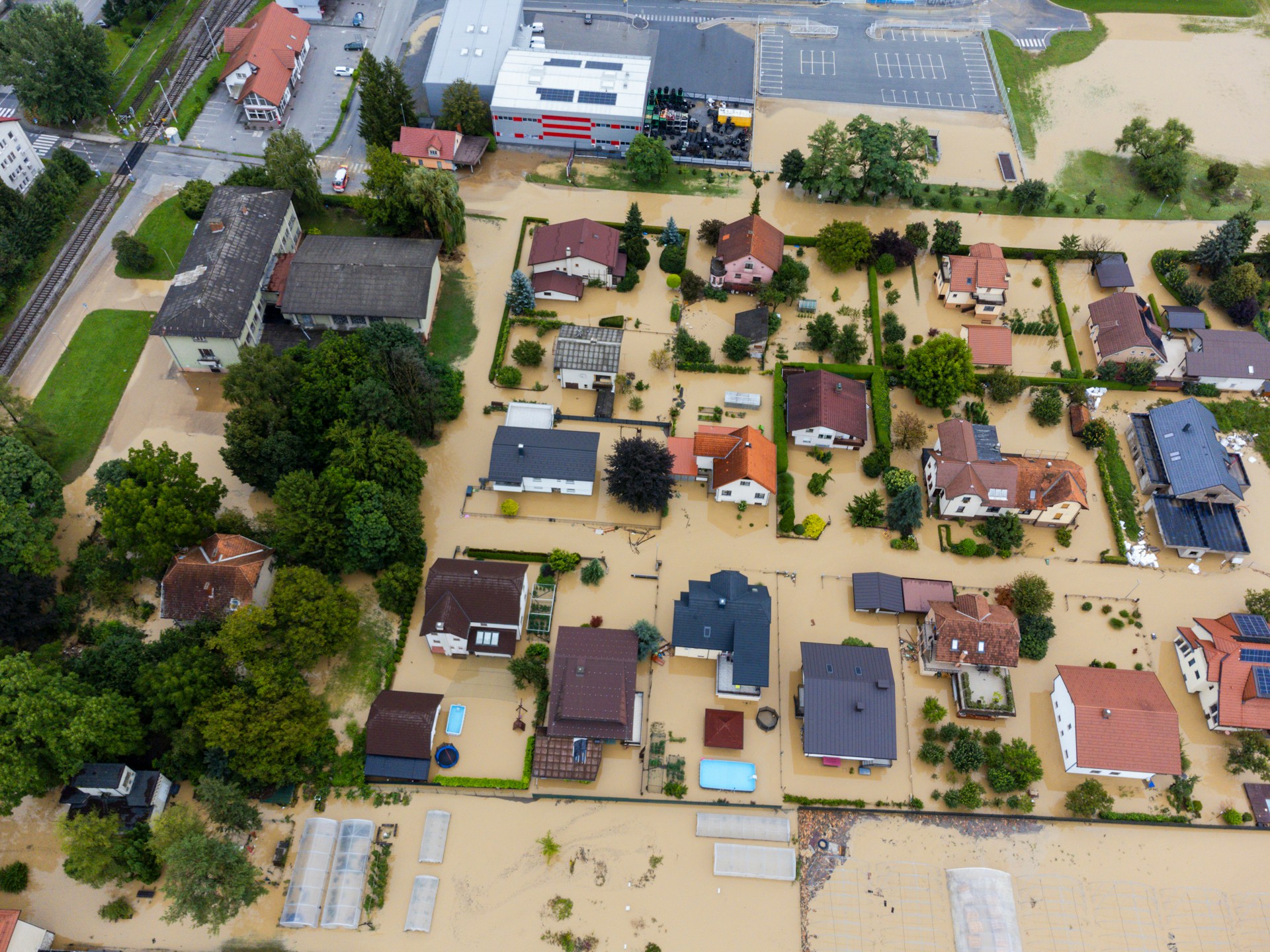While dealing with the short-term challenges related to the current crisis, the world is looking ahead to the long-term challenges to follow, including climate change. The innovation needed today to decarbonise our world brings unprecedented opportunities for economies and societies. However, finding the right recipes for single problems is not enough: innovation must lead to systemic change. We asked Kirsten Dunlop, CEO at EIT Climate-KIC – a Knowledge and Innovation Community working to accelerate the transition to a zero-carbon, climate-resilient society – how today’s actions can drive the shift we need, especially in Europe.

How can the response to the COVID-19 crisis be used to shape more sustainable systems, and to avoid going back to business-as-usual?
One of the most important things to come out of the COVID-19 crisis has been a much more extensive awareness and understanding of how many things in our lives are deeply interconnected, of what the notion of system and systemic means, even if it’s not explicitly named as such in our discussion or in the news coverage of the pandemic.
People have begun to realise the implications of a connected world: supermarkets running out of supplies, and the possibility that entire value chains are disrupted during a crisis like COVID-19 and that it could even take months before things get back to normal, if ever. This realisation gives us ground on which to build more sustainable and resilient systems.
We have also seen the emergence of new kinds of solidarity, from people continuing to pay their cleaners while asking them not to work, to neighbourhoods and communities helping each other while in lockdown at home, and artists performing on the streets to keep people entertained. At the heart of these behaviours is an emergent appreciation for the ‘common good’, which sometimes involves deliberate shifts in individual action for the good of the community.
Ultimately, greater awareness and mindset shifts are the foundational elements we need to sustain transformation to address climate change, which is fundamentally a transformation of ourselves and of our notions of the self in relation to each other and the planet.
If you pay attention to human and human planetary health together, you will get net benefits across the whole. I think that is the thing that a pandemic-induced crisis – something that disconnects and isolates humans from each other – has made desirable and possible.
We’re already seeing the nascent effects of such transformations with a number of changes once thought to be impossible in the short-term. Cities like Madrid or Amsterdam for instance are introducing regulations to hold the ground that has been achieved by the disruption of COVID-19, to keep cars out of the city, and turn community moments of solidarity into lasting community wellbeing.
The COVID-19 response has also heightened government awareness and understanding of the need to rewild landscapes and the urban environment. Scientific studies have already proven the link between deforestation and increased risk of infectious disease transmitted between humans and other animals, also called zoonosis, like the coronavirus. Preventing deforestation and maintaining healthy biodiversity can reduce these risks. It also brings new opportunities for future jobs that are at the nexus of human and planetary health.
Rewilding a city for instance can re-introduce the benefits of biodiversity and better air quality, and introduce nature-based solutions to waste management and low emissions energy sources. It can also create a set of jobs in community gardens, urban farming and green spaces that are hard to automate, as well as a set of common spaces that contribute to social, emotional and physical wellbeing, reducing healthcare costs and introducing a set of benefits associated with community cohesion. Innovative design in shared ownership and citizen participation in such spaces can enhance and complement inclusive approaches to building retrofits, energy generation and so on. In other words, it is possible to create a system of effects with, at its core, the beginning of a realisation that if you pay attention to human and human planetary health together, you will get net benefits across the whole. I think that is the thing that a pandemic-induced crisis – something that disconnects and isolates humans from each other – has made desirable and possible.
What impact could this crisis have on European innovation policies?
If you had a tagline for what you should be doing with European innovation, it’s ‘innovation as if the future mattered’, and innovation for the generations that are not yet in power.
We are about to spend more money than the world has ever spent at any one point in its time. Not only is that unprecedented, but it is all debt, which means that we’re going to be paying it back for decades. And it is the generations that have been mobilising on the streets to ask for action who are going to be paying it back, not the people who are currently in power. That ought to have an extraordinary difference on European innovation policies.
Sadly, there’s a disconnect between a political will to focus on green recovery and a ground up fear-driven response to invest in quick reconstruction – the so-called ‘grey recovery’.
Democracy risks becoming one of the sacrificial victims of such crises, and of responses to climate change that come too little too late.
What is positive in the shaping of European innovation policy post-COVID-19 is the desire to recognise the need for a shift, and build on the direction laid out in the European Green Deal. And what is happening as a result of the COVID-19 crisis is a much greater focus on the use of public funding to accelerate and develop the deployment of innovations on the ground together with a recognition that ‘deployment’ is not simply a second order downstream effect; it is also a place of co-creation and ideation, ingenuity and invention.
Another impact of this crisis on European innovation policy is a confirmation of the need for systemic change. There is a real call for the research and innovation space to be significantly more cognizant of the need to have innovations connect, and for them to connect to notions of social change and political, economic, and social and cultural identity. The crisis has reinforced the extent to which European innovation policy not only calls for systemic effects but acknowledges the need to create an enabling environment for that. This is evident already in the consultation phase for the European Green Deal Pilot call.
An organisation like EIT Climate-KIC is trying to achieve exactly this: to structure public and private support for innovation through portfolios of deliberately chosen solutions that work across technology, policy, finance, and citizen engagement, and test diverse approaches simultaneously, so that we can generate options for the transformation of whole systems and value chains in cities, in agriculture and in industry – in the future of work and life.
The world is looking for new solutions to new health, economic, societal, and environmental problems. It is clear like never before that sustainability has many interconnected dimensions. How is the innovation landscape already changing to address the need for facing these multifaced challenges?
There is a greater understanding today of the need for radical collaborations, which I believe is desperately needed. I see a shift in what has been a very siloed and patterned landscape of individual organisations working on climate, trying to maximise individual funding streams and distinctive spaces for action, that are now sharing and learning from one another, and looking for ways in which they might act together.
The same thing is happening across the political spectrum in Europe, where conservative city governments are acting on issues that would normally have been the platform of left and green parties. This is very important because I think democracy risks becoming one of the sacrificial victims of such crises, and of responses to climate change that come too little too late.
There is also a call for a much more concerted effort to do more about citizen engagement: to connect the idea of Europe to its people and the idea of agile responses to threat and crisis to the imagination of people on the street, residents of European cities and landscapes, as something that is also part of the identity and strength of Europe. The Climate Pact and the work that is going into public consultations are great examples of this effort.
Are there existing, crisis-relevant innovations that are promising to play a role in the field of climate innovation?
A very relevant lesson for the climate innovation field comes from humanitarian responses to crisis. We are learning from the experience of humanitarian response to see crisis response as a moment and a context in which resilience can be built and held. EIT Climate-KIC is working on this for example with the Red Cross Red Crescent Climate Centre which helps to reduce the impacts of climate change on vulnerable people. We see a growing opportunity and need for climate innovation initiatives to design solutions and initiatives further upstream of crisis to achieve significant differences in prevention and resilience.
The impact of the COVID crisis on ways of working has completely reframed what we thought possible and we can build on this to enable and accelerate a more sustainable future of work.
Another promising innovation is the work on nature-based solutions drawing on biomimicry. We’re starting to really pay attention to what the natural world and the environment can teach us about resilience, about community responses, and about living in very different inherently sustainable ways.
The last and perhaps most obvious example is the extent to which people have shifted almost overnight from face-to-face working and meeting to virtual working, meeting and thinking. We no longer talk about virtual meeting using one single channel of technology but are now using four or five different technologies simultaneously to create an effective virtual environment. The impact of the COVID crisis on ways of working has completely reframed what we thought possible and we can build on this to enable and accelerate a more sustainable future of work.
There is a possibility that COVID-19 may not be the biggest crisis of our lifetimes but the first of multiple large-scale crises in our lifetimes
What do you think the innovation community should focus on when designing a COVID-19 response that helps society to mitigate and adapt to climate change?
My biggest concern is that we still tend to assume that climate change is about finding and implementing the right solutions: energy substitution, waste management, housing retrofit, infrastructure and construction, land management etc. While I hope it doesn’t happen, there is a possibility that COVID-19 may not be the biggest crisis of our lifetimes but the first of multiple large-scale crises in our lifetimes. In that context, I believe that the most important thing we can and should focus on is on building a capability for resilience and renewal at all levels: from individuals and small social units, to collective, organisational, institutional, city-wide, region-wide or nation-wide.
For me, if the research and innovation community meets the climate community and they work together, grounding their collective understanding in the fact that ultimately what needs to shift is human behaviour and human perception – then they will have accomplished something valuable. Because from this, a capability for resilience and renewal is made possible.






